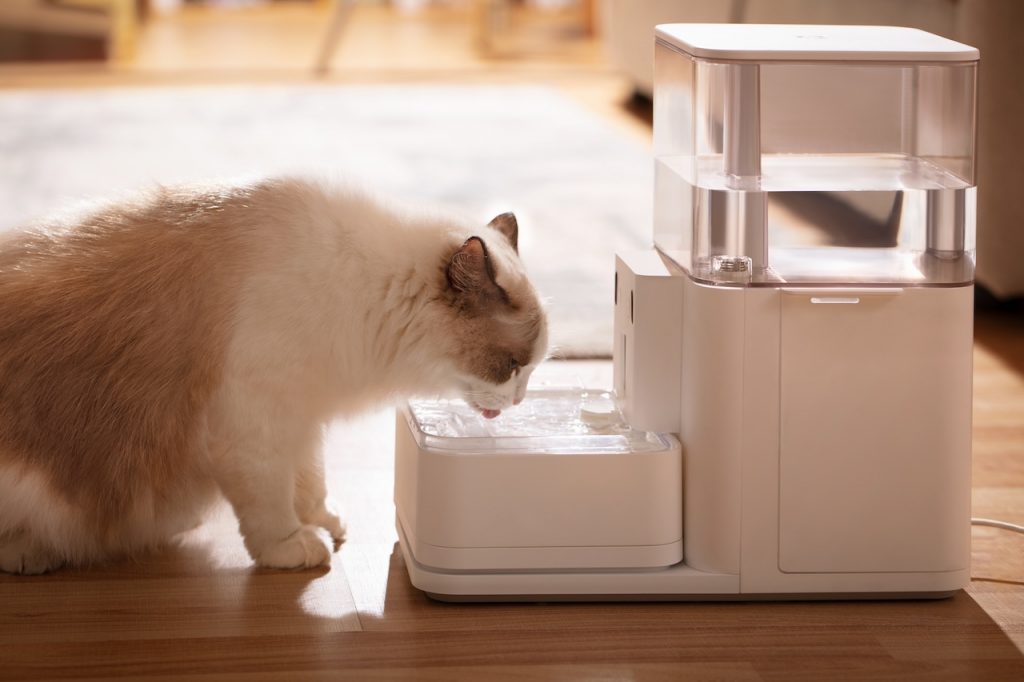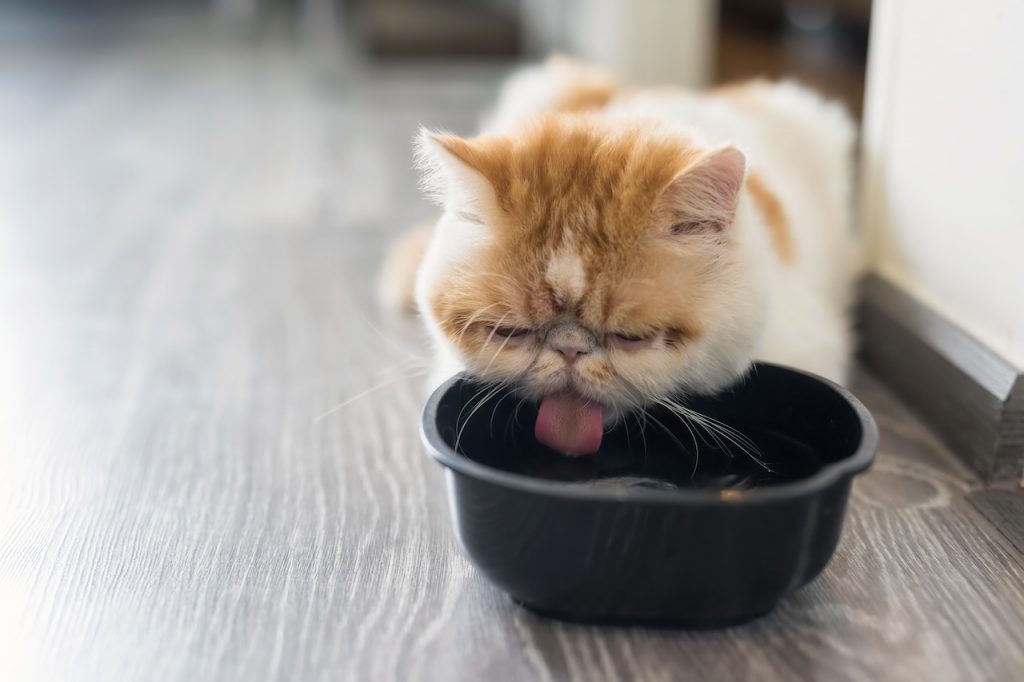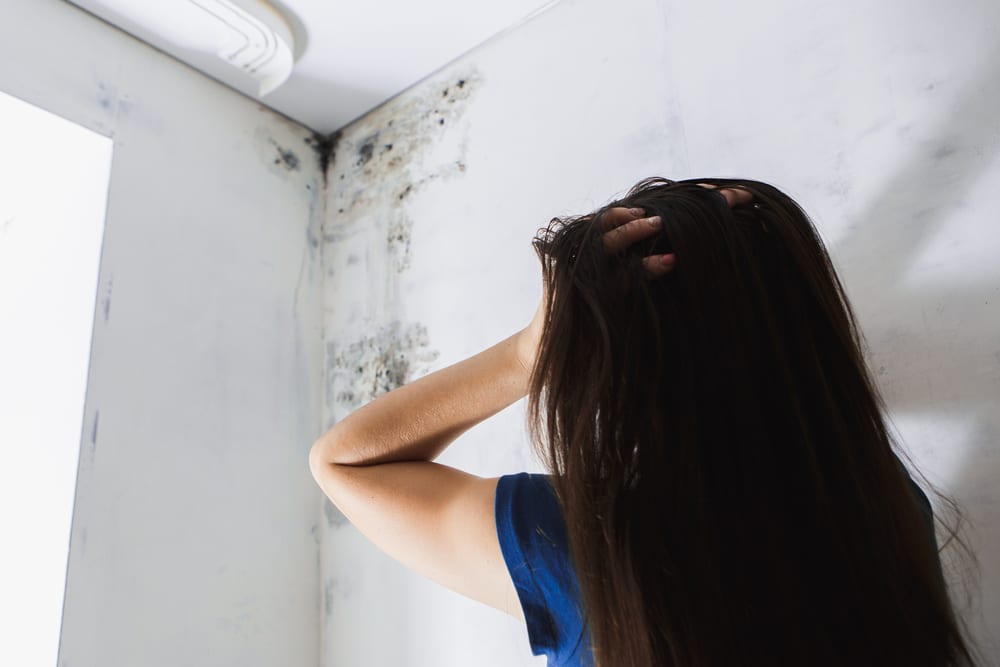Wondering how you can remove mold in cat water fountains? Maintaining a clean and safe water source for your pet is crucial, especially when using a cat water fountain. Over time, mold can develop in the fountain due to stagnant water and organic matter buildup, potentially posing health risks to your feline friend. Understanding how to remove mold in a cat water fountain is essential for pet owners to ensure their pets have access to clean, fresh water.

Mold is a real concern with cat water fountains.
How it Forms: Mold in Cat Water Fountains
Mold thrives in moist environments, making water fountains a prime target. Combining water, food particles, and cat saliva creates a breeding ground for mold and bacteria. Left unchecked, this can lead to health issues for your pet, including respiratory problems and gastrointestinal upset. Regular cleaning prevents mold growth and keeps your cat’s water fresh.

Stagnate water bowls should be refreshed more frequently than recirculating water dishes.
How to Remove Mold from the Fountain
To effectively remove mold in a cat water fountain, follow these steps:
- Disassemble the Fountain: Unplug the fountain and carefully disassemble all removable parts. This usually includes the water reservoir, pump, and any filters or nozzles.
- Clean Each Component: Wash each part with warm water and dish soap. Use a soft brush or sponge to scrub away any visible mold or debris. Pay special attention to crevices and hard-to-reach areas where mold may hide.
- Soak in Vinegar Solution: For stubborn mold spots, soak the components in a solution of equal parts white vinegar and water for about 15 minutes. Vinegar is a natural disinfectant that can effectively kill mold spores.
- Rinse Thoroughly: After soaking, rinse all parts thoroughly with clean water to remove any vinegar residue. Ensure no soap or vinegar is left, as these can be harmful if ingested by your pet.
- Dry Completely: Allow all components to fully air dry before reassembling the fountain. This helps prevent any remaining moisture from encouraging new mold growth.
- Reassemble and Refill: Once everything is dry, reassemble the fountain and refill it with fresh water.
Preventing Future Mold Growth
Regular maintenance is crucial to prevent mold from returning. Here are some tips:
- Clean Weekly: Make it a habit to clean your cat’s water fountain at least once a week, following the steps outlined above.
- Use Filtered Water: Consider using filtered water in the fountain to reduce the buildup of minerals and other impurities contributing to mold growth.
- Keep the Fountain in a Cool, Dry Place: Mold thrives in warm, humid environments. Placing the fountain in a cooler area can help slow down mold growth.
- Replace Filters Regularly: If your fountain has a filter, replace it according to the manufacturer’s instructions to ensure optimal filtration and water quality.

Scrubbing the bowl and then soaking it in vinegar is the most effective way to remove mold.
Professional Mold-Removal by PuroClean Emergency Restoration Services
For more information on mold prevention and safe cleaning practices, visit the Centers for Disease Control and Prevention (CDC) website. Maintaining a clean and mold-free water fountain is essential for your cat’s health and well-being. If you’re concerned about mold in your home or need professional mold removal services, PuroClean of Caseyville is here to help. We offer comprehensive mold removal services to ensure your living space is safe and healthy. Visit our mold removal service page or call us at (618) 206-7055 to learn more; our experts are standing by 24/7.



 PuroClean Emergency Restoration Services
PuroClean Emergency Restoration Services